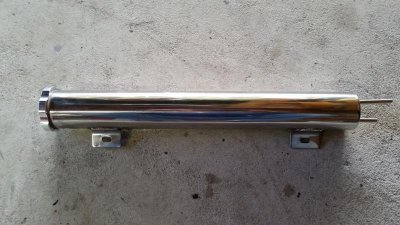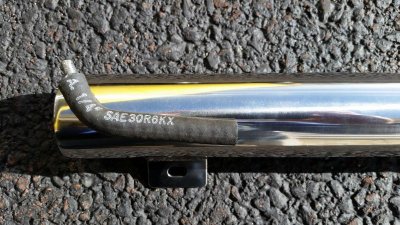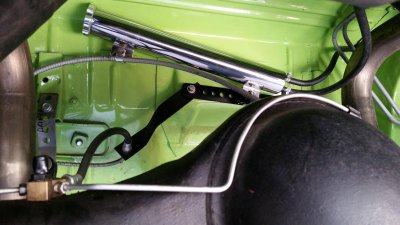I have a 1970 Road Runner with a FAST fuel injection system. I had a custom aluminum tank made with a fuel pump in it. My system runs at 43 PSI.
My tank came with a vent, and I ran a vent line to the top of the area where the axle sits. The problem I have is that the vent line spits fuel out of the tank when it is full and it builds up some pressure. I was considering redesigning my vent line to improve it, but then I thought:
Can I just block off the vent line and let my tank be pressurized?
Modern day cars have their tanks under pressure. Can anyone think of an issue with doing this?
As always, I appreciate the help and thoughts you might have...
Hawk
My tank came with a vent, and I ran a vent line to the top of the area where the axle sits. The problem I have is that the vent line spits fuel out of the tank when it is full and it builds up some pressure. I was considering redesigning my vent line to improve it, but then I thought:
Can I just block off the vent line and let my tank be pressurized?
Modern day cars have their tanks under pressure. Can anyone think of an issue with doing this?
As always, I appreciate the help and thoughts you might have...
Hawk



















